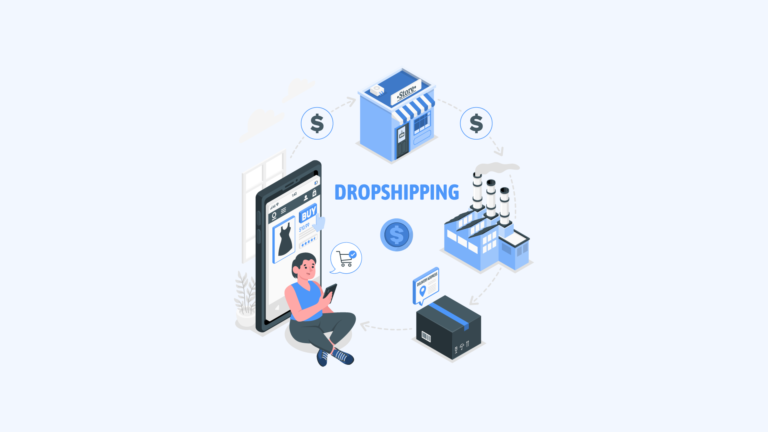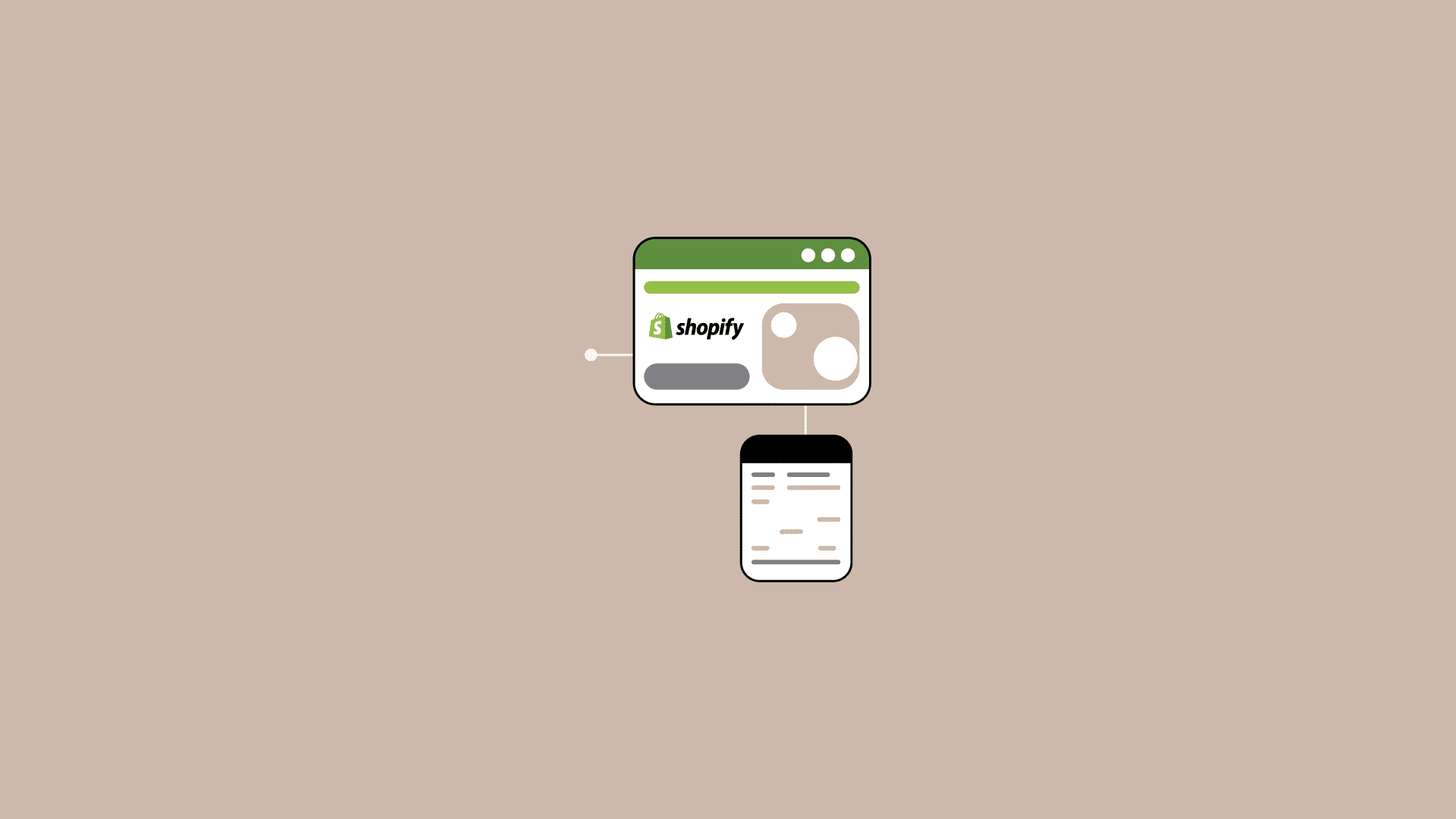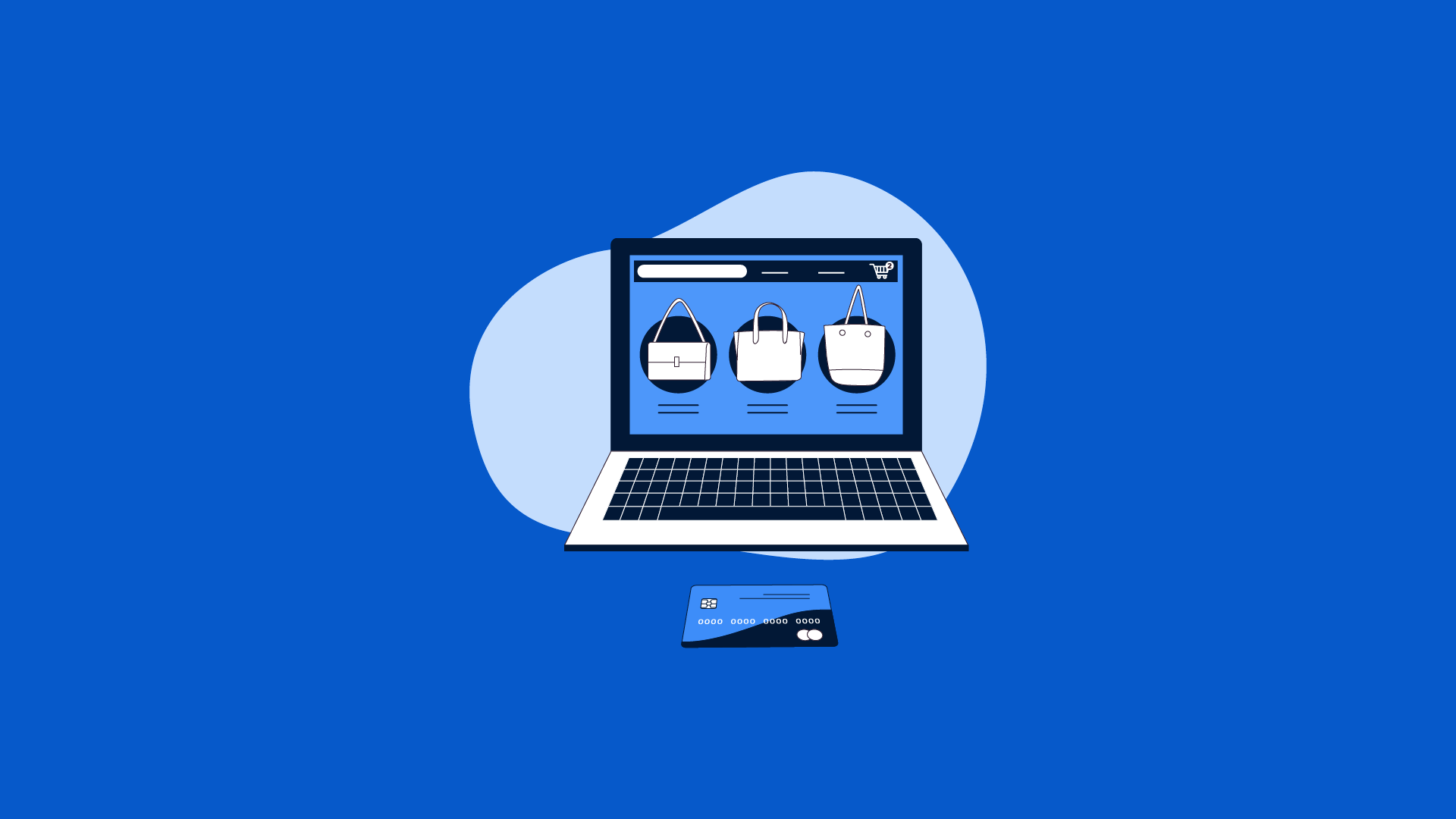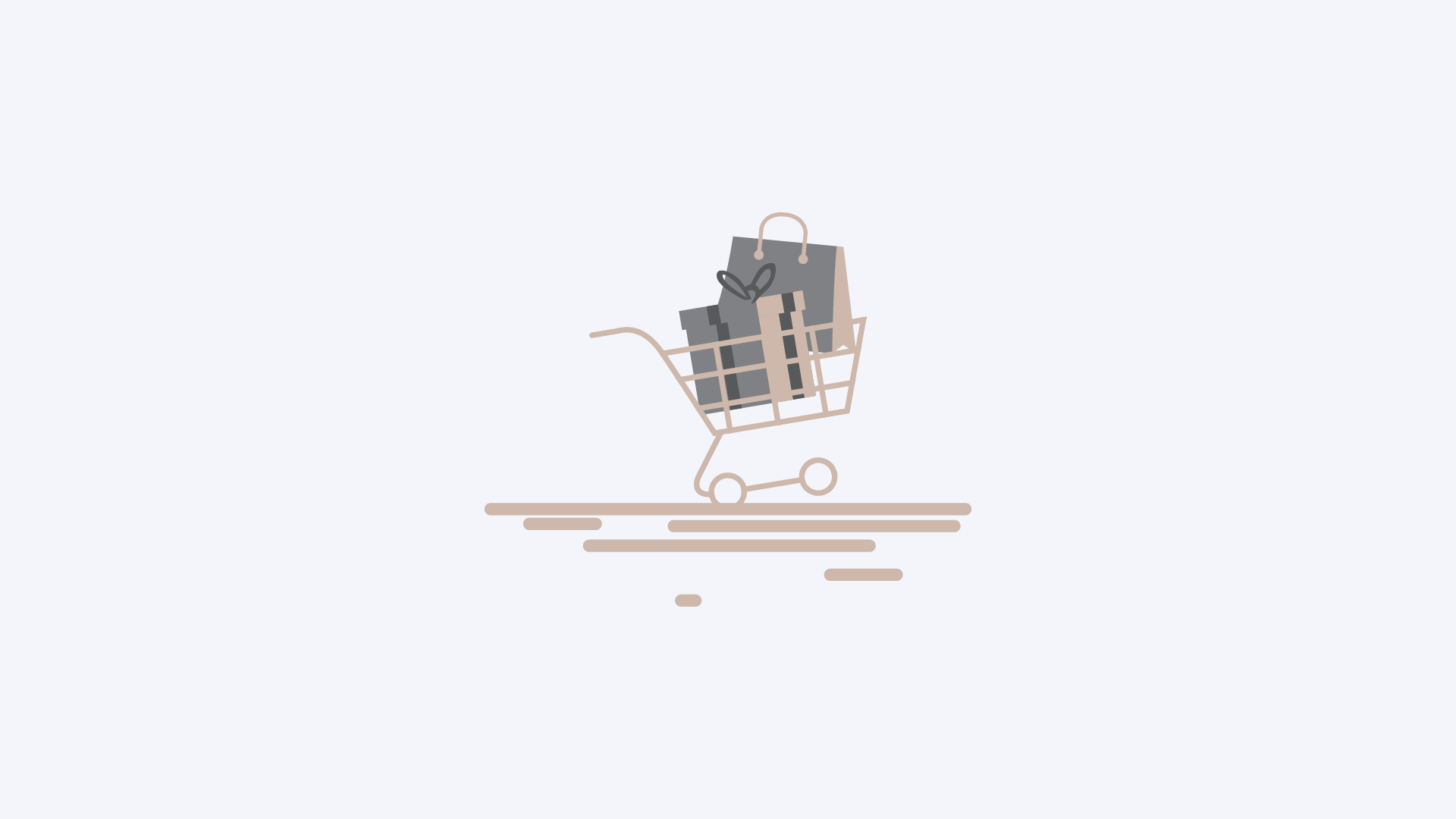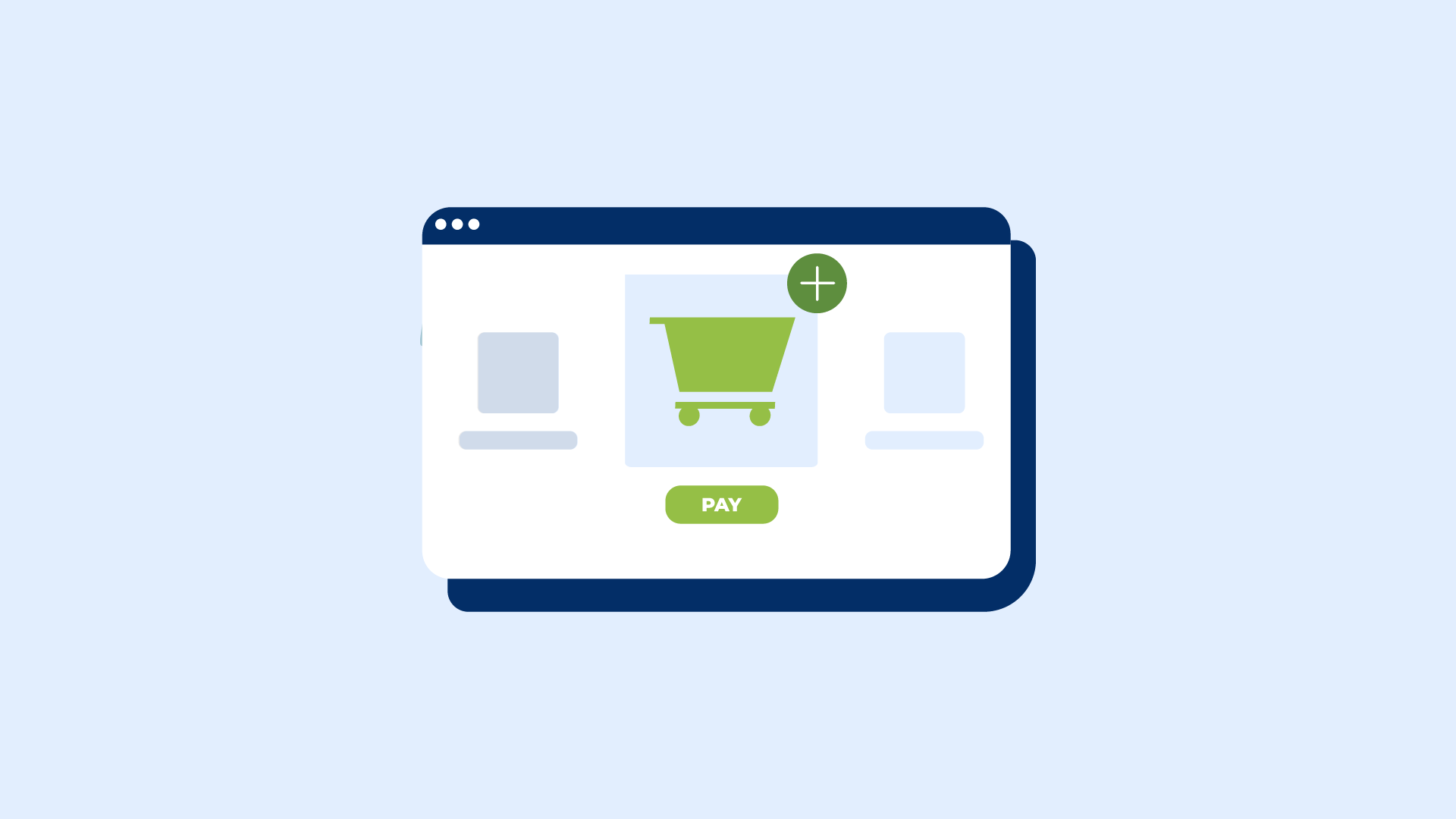Before you get started you should understand, that dropshipping is not a get-rich-quick scheme. You are selling other people’s products, and fulfilling orders, but it takes a lot of hard work, and dedication to succeed at it.
The dropshipping market is global and growing, making it a significant player in the global market. The dropshipping market is set to see a compound annual growth rate (CAGR) of 28.8%, between 2020 and 2025.
This dropshipping model allows entrepreneurs to start an online business and sell products to their buyers without actually stocking the items themselves. Instead, when a dropshipping store sells a product, it purchases the item from a third party and has it shipped directly to the customer.
Launching your own dropshipping business can be an attractive opportunity due to lower operational costs and no need for physical store inventory. Setting up a business bank account is crucial for managing finances, as it simplifies tracking income and expenses, leading to improved financial transparency.
As a result, as a merchant, you never get to see or handle the product. What differentiates dropshipping from the standard retail model is that the selling merchant (you) doesn’t keep, stock, or own inventory.
Instead, the merchant purchases inventory as needed from a third party—usually a wholesaler or manufacturer—to fulfill orders.
In this guide to dropshipping, we will go through what dropshipping is, how you can start dropshipping, find the right suppliers, and grow your business.
This you can do with the right marketing strategy, partnerships, and products to make it a success.
Let’s dive in!
What is Dropshipping?
Selling online encompasses various business models, and dropshipping is an order fulfillment method that doesn’t require a business to keep stock of products.
When a merchant receives an order they in turn place an order with a third party for the items requested. The dropshipping business then delivers the product straight to the buyer.
How Does Dropshipping Work?
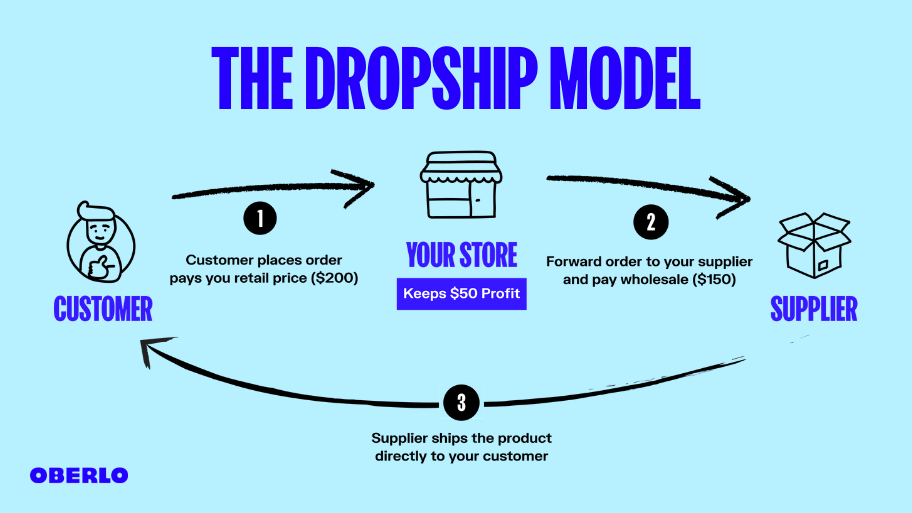
Dropshipping is the ultimate marketplace success story, It just makes sense. Thanks to its ability to provide a frictionless way of buying goods online, it’s taken the ecommerce sphere by storm.
A customer places an order on your website, and then you purchase that product from your supplier at a wholesale price (typically with a markup).
You then send all of the information that you have about that customer’s order to your supplier (including name and shipping address), who fulfills the order for you.
It’s not so hard when you think about it—the hard work is done for you. All you have to do is fill out some basic information on your store, send the product through the post, and let your dropshipping partner handle the rest.
How Does Dropshipping Make Money?
Dropshipping businesses act as product curators, selecting the right mix of products to market to customers.
Remember, marketing is a cost you incur, in both time and money, helping potential customers find, evaluate, and buy the right product.
Marketing costs are why so many dropshipping businesses fail. It’s easy to overlook the time and effort required to get customers to visit your site and make a purchase.
You need to acquire customers through marketing and social media, which can be expensive.
There are many ways to acquire customers for your dropshipping business. One of the most effective is search engine optimization (SEO) — that is, getting your website ranked high in Google search results for relevant keywords.
For example, if you’re selling CBD oil, a common keyword you’ll want to rank high for is “CBD oil.” When people search this term on Google, you want them to see your website at the top of the list (ideally in one of the top three spots). If they click on your site and make a purchase, you’ve converted them into a customer!
In a traditional retail business that buys and sells products from a brick-and-mortar location, this would include things like paying employees to man the store and paying for the space that houses your products.
You might be wondering how to drop shippers can afford to offer free shipping when they don’t have any inventory costs. The answer is that they charge more per unit than other retailers who carry their items in-house.
This is why it’s important to find a niche product that doesn’t have too many direct competitors. If you can offer something unique, then you’ll be able to charge more without worrying about being undercut by other retailers offering similar merchandise.’

How to Start a Dropshipping Business
As I mentioned before starting a dropping business is not an easy task to get rich quickly. It is, however, a great way to get started with your online entrepreneur journey. If you are committed, enough you can build a sustainable business.
Consider the following steps to get started with your dropshipping.
1. The first step is to start (Commit to it)
A lot of people dream about starting a dropshipping business and making lots of money, but they never do anything about it. You can’t just hope for a big paycheck from your Dropshipping business if you are not putting any value into it.
If you want to start your own ecommerce business, you have to be willing to devote your time and effort to make it happen.
When getting started you need to heavily invest your time and some money in it to make sure you get a return.
Investing time into your dropshipping business is the best way to get the best out of dropshipping business, especially if you are just getting started.
You will gain some experience with dropshipping business operations and management as you grow. It also gives you insight into the best approaches to the business and hence you can make better decisions.
For someone who is committed to working and does dropship on the side, it might not be realistic to spend months only committed to dropshipping. But even if you are working your 9-5 job, you can put some time into fulfilling and shipping orders from your online store.
With drop shipping, it’s possible to generate more than $1000/ month within 12 months of working for 10+ hrs a week.

But once you turn a bigger profit and grow, you might need less effort to maintain it. This comes with automating some basic processes to fulfill orders. According to Shopify, it takes approximately 12 months of full-time work with a strong emphasis on marketing to replace an average full-time income of $50, 000.
Investing money in your dropshipping app or business will likely drive growth faster, but it may not be the best approach. If you don’t invest time to learn how the business works, you will most likely spend more money on developers when you don’t necessarily need them to get started with dropshipping.
2. Choose a Dropshipping Business Idea.
The second step to starting a dropshipping business is to choose a business idea. Take the time to decide on a product niche you want to focus on, then narrow down your choices even more by choosing a product line or two.
You don’t want to overload yourself with too many products at once because that can be overwhelming when you’re first starting. Do the needed market research, and look at performance in different locations and market trends.
To be successful you shouldn’t just pick a product because you love it, make sure to check how profitable that product is. It can be tricky to find the right product to sell. To help you find the right ideas Shopify has created this list of trending products looking at the ones with higher sales. An example of a business idea would be a print-on-demand business.
When you focus on more niche products you can grab the attention of buyers and hence drive more traffic to your online store.
To find these trends you can use google trends, keywords everywhere, and DSers order volume search to find the best idea to go with.
3. Research your Competitors
Once you’ve narrowed down your dropshipping niche, it’s time to conduct competitive research so you can identify the gaps in the market for your products.
You’ll need to find out what other eCommerce stores are selling similar products, which ones are doing well, and which ones aren’t performing as well as expected. Find out why some are performing and others are not.
This information will help you create an irresistible offering that’s better than what your competitors have and can help drive sales for your online store.
The dropshipping business model is very popular with ecommerce entrepreneurs — and for a good reason. It requires little investment to get started and offers flexibility in terms of what you sell, where you sell it, and how much inventory you keep on hand.
It’s a good thing if you have a lot of competitors in your niche, it means a lot of buyers are also available for your product. Some companies to look at would be Walmart and Amazon, some of the biggest dropshipping companies.
A google search is a great start to discovering your competition. Find the relevant keywords to search for. You can also use tools like SEMRush, Ahrefs, or Ubersuggest to find your competitors in those keywords.
You can also check the Facebook ad library for ads running in your niche.
Learn everything you can about your competition, look at their website, the prices they charge, the products they sell, and how well they are serving their customers. Be organized in your approach, you don’t want to lose any information that may work for you in the future.
4. Choose a Dropshipping Supplier
One of the most important things when starting your dropshipping business is deciding what you’re going to sell and selecting reliable suppliers for product availability and logistics management.
This may also be the hardest part of setting up a dropshipping store. You need to choose a supplier that’s reliable and has products that will appeal to your target audience. Collaborating with domestic and international suppliers together can enhance the dropshipping process by enabling quicker order fulfillment and improving customer satisfaction.
It’s tempting to just pick the cheapest supplier you can find — but this could be a costly mistake.
If your product quality isn’t great and your shipping times are slow, then your customers aren’t going to be happy with their purchase. And they’ll leave bad reviews, hurting your reputation as well as hurting sales in the longer term.
The best way to do this is through a Google search (“wholesale name of the product”). You can also try searching for “drop ship” to find suppliers that specialize in this service.
You should also look at online marketplaces that bring together buyers and sellers, such as SaleHoo Wholesale Directory, Doba, Worldwide Brands, and AliExpress Dropshipping.
5. Start Build your eCommerce store
Once you’ve found a supplier, the next step is to build an eCommerce store. This will be your “front end” — the place where you sell products to customers.
Many platforms make it easy to get started with an eCommerce site, including Shopify, BigCommerce, and WooCommerce (if you use WordPress).
Having the right features and capabilities is crucial for a business owner to effectively sell online and reach customers globally.
The advantage of using Shopify is that you get access to Shopify themes that are built by designers to launch your online store fast. It has everything you need to launch your online store including managing products and receiving payments.
6. Decide on a Business Structure
This means registering your company in compliance with federal, state, and local regulations. The most common business structures are sole proprietorships, partnerships, limited liability companies (LLCs), and corporations. Each one has different benefits and limitations.
You should consider your circumstances — such as whether you have employees or partners — when deciding which type of business structure is right for you.
Sole proprietorship: A sole proprietorship is the simplest business structure: You own it. You get all the profits and you take on all the liability. It’s also the easiest to set up because there are no special fees or forms to file except for local licenses.
Partnership: A general partnership is similar to a sole proprietorship, but with two or more people sharing ownership and liability.
Again, no special paperwork is needed to start a general partnership, but partners will have to share profits and agree on business decisions, so partnerships are best suited for friends or relatives who know each other well and trust each other’s judgment (or don’t mind disagreements).
Limited Liability Company (LLC): An LLC gives you the benefits of many business structures without some drawbacks. As an LLC owner, also known as a member, you’re protected from liability for actions taken by your co-members or employees. Unlike sole proprietorships. Choosing the right business structure is crucial for protecting your personal assets, as it helps separate them from your business liabilities.
Remember to register your business with the tax authorities in your country. In the United States, you need to register your business with the IRS. Obtain an Employer Identification Number (EIN) from the IRS. You can apply for it online it’s easy and free.
7. Get Your Finances in Order
You should set up a separate business bank account for your dropshipping business, and create a payment gateway (such as PayPal). A dedicated business bank account simplifies tracking income and expenses, leading to improved financial transparency.
Dropshipping may be an attractive option because it doesn’t require much money upfront, but don’t get carried away in the initial stages of starting your own business here. As with any other type of store, it’s important to create a budget and stick with it.
Your business finances should be managed with your business checking account for accounting to be done well. When encoring business expenses, make sure to use your business credit card. Do not mix your finances with your business expenses. You can also benefit from some travel rewards because of buying a lot of merchandise.
Make sure to collect sales taxes if where a sales tax is applicable, this may depend on the state you are operating in.
Incorporating a business outside the United States.
If you want access to drop shippers in the United States and the customers but you are not in the United States, it’s possible to get this done.
You can go to the United States to fill in the paperwork, partner with someone in the US, or hire an agency to get this for you. If you are not familiar with the business law in any country, consult a lawyer before engaging in dropshipping in that country.
Market Your Dropshipping Store
You can use social media marketing and various online advertising platforms to attract more customers. Digital marketing is one of the most effective ways to market your business.
I go into more detail on marketing your dropshipping business here.
Analyze and Improve Your Offering
You need to continuously analyze your products, prices, and customer service if you want to be successful in drop shipping.
Remember, what gets measured, gets done. Seeing how your brick and mortar store is performing is important in making your next business move.
Select the KPIs you will look at. For example, measuring sales, shopper behavior, and your profit margins is a great place to start.
Tools like google analytics, google search console, are where you will get access to how your website visitors use your website.
Creating a Brand Identity
Creating a brand identity is a crucial step in building a successful dropshipping business. A strong brand identity helps to differentiate your business from competitors, build trust with customers, and establish a loyal customer base. Here are some key elements to consider when creating a brand identity for your dropshipping business:
Business Name: Choose a unique and memorable business name that reflects your brand values and resonates with your target audience. Your business name is often the first impression customers will have, so make it count. Think about what your brand stands for and how you want to be perceived.
Logo: Design a professional logo that represents your brand and is consistent across all marketing channels. Your logo should be simple, versatile, and easily recognizable. Consider hiring a professional designer to ensure your logo is high-quality and aligns with your brand’s identity.
Color Palette: Select a color palette that reflects your brand’s personality and is consistent across all marketing materials. Colors evoke emotions and can influence customer perceptions, so choose wisely. For example, blue often conveys trust and professionalism, while red can evoke excitement and urgency.
Typography: Choose typography that is consistent across all marketing materials and reflects your brand’s personality. The fonts you select should be easy to read and complement your overall brand aesthetic. Consistency in typography helps create a cohesive look and feel for your brand.
Tone of Voice: Develop a tone of voice that is consistent across all marketing channels and reflects your brand’s personality. Whether your brand is playful, professional, or somewhere in between, your tone of voice should resonate with your target audience and be reflected in all your communications.
Brand Messaging: Develop brand messaging that clearly communicates your brand’s value proposition and resonates with your target audience. Your messaging should highlight what makes your dropshipping business unique and why customers should choose you over competitors. Be clear, concise, and compelling.
By creating a strong brand identity, you can establish a loyal customer base, build trust with customers, and differentiate your business from competitors. A well-defined brand identity not only attracts customers but also fosters long-term relationships, driving the success of your dropshipping business.
How to Dropship on Shopify
So you want to start a drop shipping business?
Great! Drop shipping is the easiest option to start an ecommerce business without having to buy any products in advance. The downside? You’ll have less control over your storefront, which means you’ll be at the mercy of your drop shipping partner(s).
To get started, we’re going to walk through each step of starting a dropshipping business.
But there are still plenty of steps you need to follow, including:
Choose a dropshipping business idea. Find a product with good margins/demand and easy shipping
Find a dropshipping supplier. Use our free directory of hand-verified suppliers
Build your ecommerce store. Choose from dozens of professionally designed themes Shopify provides
Register your business with the government.
Load your products onto the site. Or, if you’re using Oberlo, save time with a click of a button
Launch and start marketing your dropshipping store. It’s that simple!
How to Find a Lucrative Dropshipping Niche
You might be surprised to learn there’s no such thing as a bad product.
People are buying all kinds of strange things online – from edible insects to a personal toilet paper delivery service.
The key is finding a product that people want to buy. Without demand, it doesn’t matter if your business idea sounds amazing.
If nobody wants your product, you’ll have a hard time making any money! As the old saying goes, it’s much easier to fill existing demand than try to create it.
Here are some easy-to-use tools for finding profitable product ideas for your dropshipping store:
Google Trends is a free tool that shows you what people are searching for across the world. You can filter search results by country, category, and period, allowing you to find trending products with ease. For example, if you wanted to open a pet supply shop in Canada, you could use Google Trends to find out what pet supplies are trending in Canada.
Another useful tool is SpyFu, which tells you how many people are searching for certain keywords on Google. If people aren’t looking for a keyword, then it doesn’t matter how good your SEO strategy is because nobody will find your site!
Another tool is Quora – an excellent resource for finding out what customers want — and doesn’t want. By searching through relevant questions on Quora, you can see what customers expect from products or services in your industry.
Facebook Audience Insights can help you find what people are looking for on social media. Facebook has over 2 billion active monthly users which give room to find the product searches being conducted on social media.
Finally, Google Keyword Planner is one of the best ways to measure an item’s activity online. Instead of trying to find things through google itself, google keyword planner helps you find the information more quickly.
The Most Lucrative Dropshipping Niche
Dropshipping is a low-risk business model that allows you to sell products without purchasing, storing, or shipping inventory.
With drop shipping, when a customer places an order in your store, the order is then placed with a supplier who handles the fulfillment process.
Choosing the right niche for your online store is an important first step in setting your online business up for success.
For example, if you start a dropshipping store selling drones, but your main customer base has no interest in drones, you’re unlikely to see success.
On the other hand, if you open a dropshipping store selling fashionable face masks, you’ll have a group of customers with a problem to solve (wearing a mask) and money to spend.
The most profitable dropshipping niches in 2022 will be:

Health and Beauty Care: The health and personal care niche are one of the most popular ecommerce niches, with consumers spending $358.7 billion on products in 2021 alone. With a variety of products to choose from, including toothbrushes, toothpaste, personal hygiene items, makeup, and hair care, there are plenty of choices when it comes to marketing your products. With more people willing to buy vitamins, supplements, and skincare products online, this niche is set to grow.
Wardrobe and Accessories – This niche is evergreen, with online shoppers always looking for new clothing items and accessories. There is an increasing trend for sportswear searches on google according to Statista. This goes to show how good of a niche it is to start with. More people are trying to get in shape and they need clothes to go with their new hobby.
Kitchen and grocery – More people are going to buy kitchen appliances, cookware, and other food items online.
Home and office equipment – Items like rugs, bedding, curtains, lamps, etc., are products that home dwellers will always want to buy online.
Office products – The growth of remote work means that the demand for office supplies will increase.
Tools and home improvement – Items like drills and power tools are going to be in high demand as DIY projects become more popular post-pandemic.
Camera and cellphone accessories – As people are getting into vlogging and video content creation (more on this later), they’ll also need camera accessories like tripods and gimbals to make their videos more professional-looking.
Gaming equipment – Gaming is one of the most popular hobbies today and it’s still growing fast so expect more gamers who need gaming equipment in the next few years.
The Best Dropshipping Suppliers
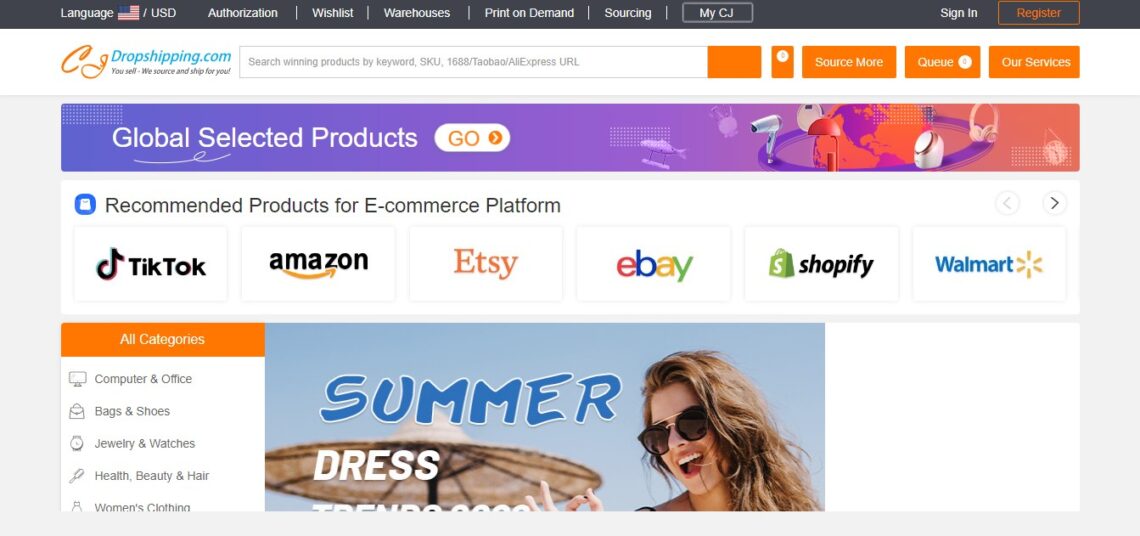
For those who are new to dropshipping, the first question that comes to mind is “how do I find a dropshipping supplier?
It can be a challenging question to answer. Finding a good dropshipping supplier is harder than it seems. For one thing, there are so many find dropshipping suppliers out there that it can be hard to know where to start.
Then, as you get deeper into finding suppliers, you realize that most of them don’t dropship, or have low-quality products and customer support.
While these hurdles may seem daunting, they don’t have to be. In this article, we’re going to break down the process of finding a dropshipping supplier into small and manageable steps.
We will also introduce you to twelve reputable and reliable dropshipping suppliers in the United States that you can use right away!
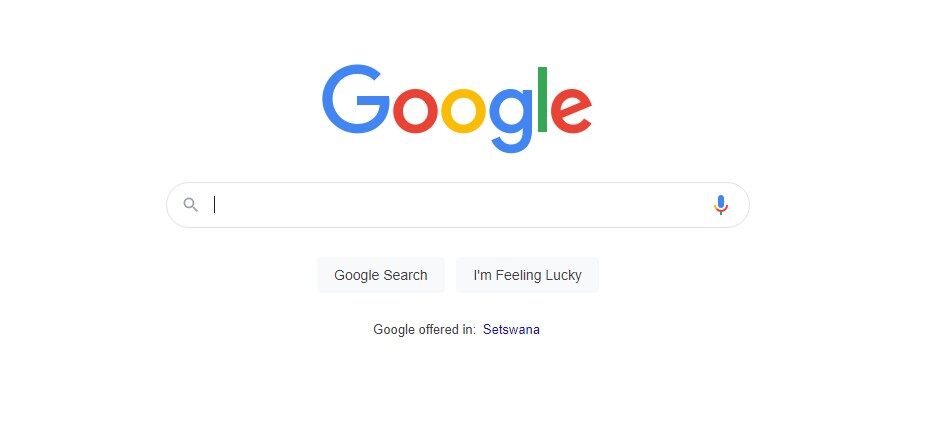
How Do I Find a Drop shipper?
To help you find a good supplier for your business, here are some general criteria that you should keep in mind when evaluating potential suppliers:
Pro tip: if you are planning to sell in the United States find a U.S.-based one, this way, you reduce shipping times and costs. U.S.-based suppliers also have better policies for returns and refunds than most foreign companies.
You can search google for the best dropshipping suppliers in your niche. It’s far better to go with the best drop shippers that are willing to work with you from anywhere in the world.
Of course, there are some exceptions, like if you want to sell perishable items or something else where fast delivery is exceptionally important. But for most products, you’ll likely be better off by going with one of the best dropshipping companies below.
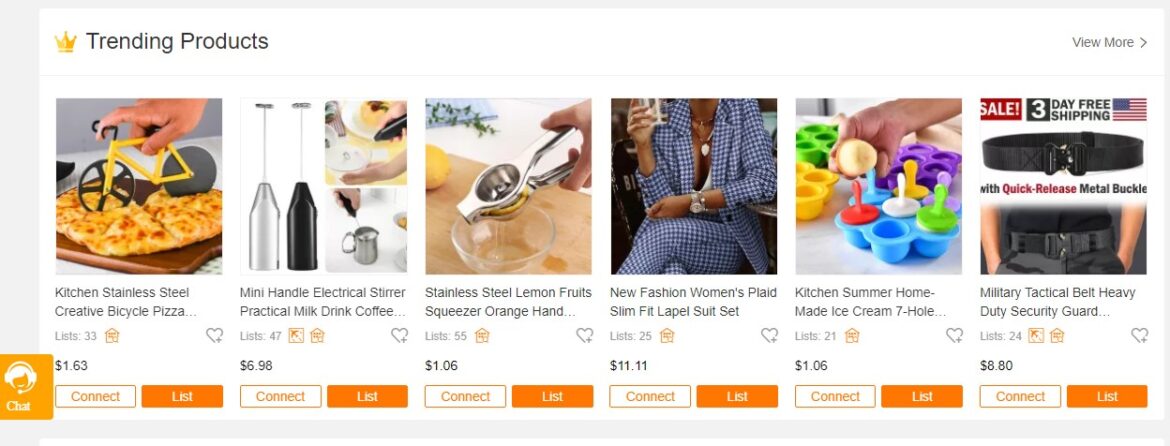
1. CJDropshipping
CJDropshipping has hundreds of millions of products and multiple warehouses, in the U.S., Europe, and China. For deliveries, they use USPS, UPS, DHL, and FedEx. They can process your store orders on, the same day.
If you are shipping from china, CJPacket will be your delivery option which takes about 7 to 12 days to deliver to the United States. Getting started with CJDropshipping is easy they have a free app on Shopify to connect to your store.
They offer a wide range of products. So, if you are a retailer looking to build your ecommerce world with a one-stop online store, CJDropshipping I the partner for you.

2. SupplyMeDirect
SupplyMeDirect is a supplier to global retailers of wholesale designer handbags, handbags, purses, wallets, and knockoff bags at affordable prices that you can resell on your eCommerce store or eBay listings.
About 60% of its stock is in warehouses based in the United States, Canada, the UK, and Europe.
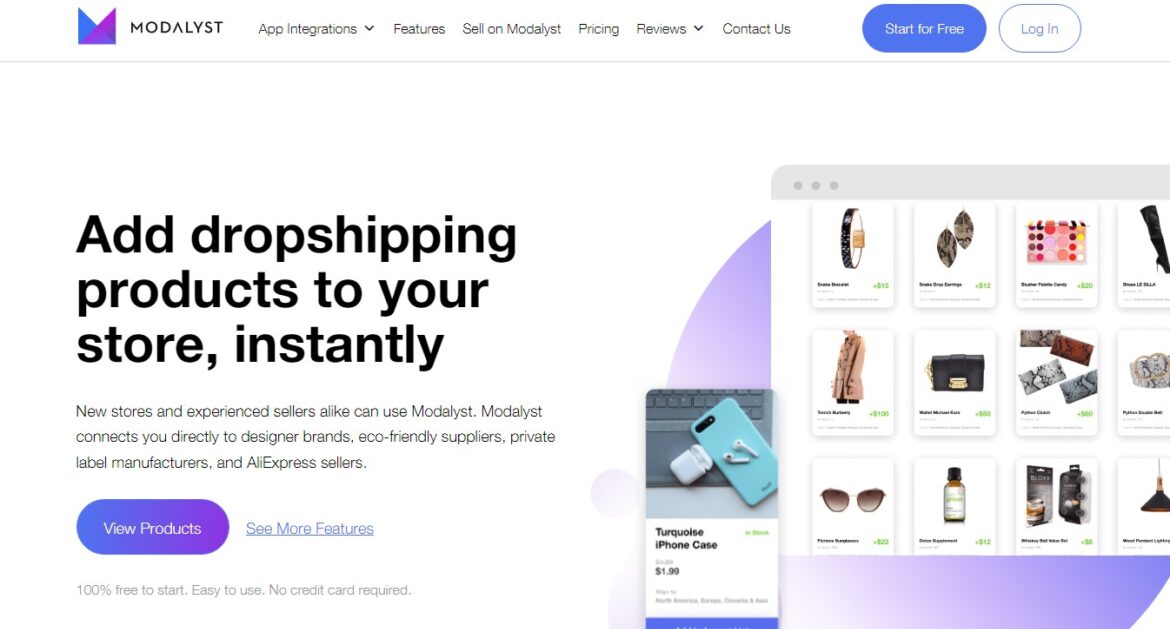
3. Modalyst
Modalyst integrates with your Shopify store and allows you to sell apparel, jewelry, shoes, home goods, and beauty products from independent designers in Europe and the U.S. Also China-based suppliers such as AliExpress and Printful’s print-on-demand service for custom T-shirts and other products.
Some popular products you can sell include, Calvin Klein, DSquare, and Dolce & Gabbana. They have an official API partnership with AliExpress dropshipping. Modalyst integrates with Wix, Shopify, and BigCommerce.
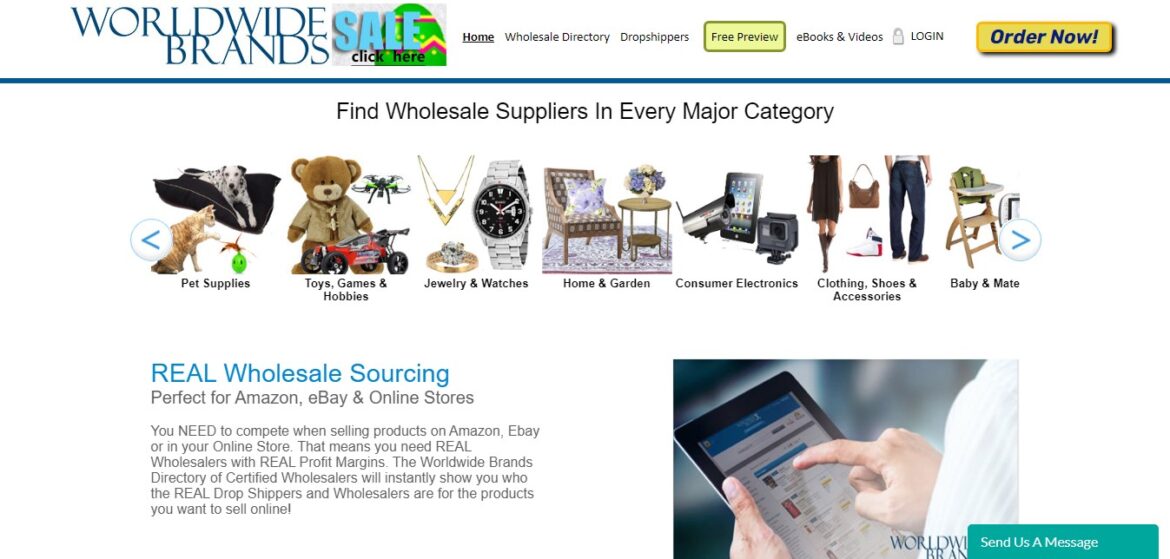
4. Worldwide Brands
Worldwide Brands is one of the longest-running and most reputable wholesale directories. It was started in 1999 by Chris Malta and has since grown into a huge resource for online sellers.
Worldwide Brands uses a large team of researchers to vet all its suppliers manually before they get added to the directory. There are eight million products in total, and each is covered by a money-back guarantee.
Worldwide Brands has been in business since 1999 and is one of the most well-known dropshipping companies out there. The company has spent years vetting dropshipping suppliers and claims to have over 16 million wholesale products available through its platform.
However, the company doesn’t provide access to these products directly; instead, it connects entrepreneurs with suppliers who meet their needs.
Setting Up Your Shop with a Supplier
After you’ve narrowed down your list and made initial contact, you’ll need to begin the process of negotiating with any potential suppliers.
Be sure to ask them how flexible they are on pricing and negotiate a price that works for both of you. You should also take this time to get a good understanding of their supply chain process.
Do they handle warehousing, or do they rely on third-party fulfillment centers? Will they deliver directly to your customer? How long does it take for a product to be shipped out once it’s been ordered?
Most importantly, what is their return policy?
If everything looks good so far and you feel confident about the supplier, go ahead and place an initial test order. You don’t have to wait until your store is live. This gives you the chance to get your hands on one of their products while testing out their entire supply chain process.
It’s not enough to simply build a store and expect sales to come out of the blue. You need to take an active role in promoting and growing your dropshipping business.
When you’re just starting, you may feel like you don’t need to do anything to promote your business. After all, the dropshipping suppliers are the ones who are doing most of the business, so why should you need to do anything?
Unfortunately, a dropshipping business won’t be able to run itself. If you want to get sales, you need customers and that means promoting your products and services. To help you get started, we put together this list of helpful tips for promoting your dropshipping business:
Here are some of the most effective ways you can promote your online store and get more traffic, conversions, and ultimately sales:
Build a website
Use social media to promote products
Use Facebook ads
Use Google Ads (Search & Display)
Use affiliate marketing
Use email marketing
Content Marketing
Influencer Marketing
Search Engine Optimization (SEO)

1. Build a website
A dropshipping business is an eCommerce business, therefore, you need an online store to sell your products and reach customers.
Setting up an online store is easier than ever with Shopify. This dropshipping platform provides everything you need to start, run, and grow your business.
Social media can be a powerful marketing tool for any business – especially eCommerce businesses.
If you want to reach customers on social media, you will have to invest time in creating content and engaging with followers.
3. Use Facebook ads
Facebook ads are one of the most popular ways eCommerce entrepreneurs drive traffic to their stores and generate sales.
With so many people active on Facebook every day, it’s easy to see why this platform can be a great marketing resource for any business.
4. Use Google Ads (Search & Display)
Google Ads is another platform that can help you generate sales for your dropshipping business.
They will drive traffic to your store through paid search ads, display ads, remarketing campaigns, and more!
5. Use affiliate marketing
Affiliate marketing is a type of performance-based marketing where you reward affiliates for every customer they bring in.
Affiliates can be bloggers or other online influencers who promote your product on their website or social media channels.
For example, someone who has a blog about fashion can promote the clothing line that you sell. Affiliate marketing can be a great way to promote your dropshipping business.
Affiliates will promote your brand and product on their own social media channels, website, or blog. You can choose to pay them a percentage of each sale they drive, or you could pay them a fixed fee per sale.
6. Use email marketing
One of the most effective ways of promoting your dropshipping business is by email marketing. The good thing about e-commerce is that it’s easy to collect emails from people who visit your website as well as existing customers.
With email marketing, you get to show off your products to highly targeted email subscribers. Get this list of subscribers, there are many ways to do it.
For example, you could run lead-generation ads on Facebook and Instagram where people opt-in in exchange for a discount code or free eBook, or add signup forms to your website (including the blog posts), in the sidebar.
Once you have built an email list, deliver value by sending out newsletters with product updates and special offers regularly (e.g. weekly).
7. Content Marketing
Content marketing is the creation of blog posts, videos, and other content designed to attract visitors to your website.
These visitors can then be turned into customers by providing them with useful information they can use while they consider buying from you.
Content marketing involves the creation of valuable content that people would love to read. The content can be in the form of an article, blog post, tutorial video, or infographic.
The goal is to get people interested enough to visit your website and check out your products. You can also promote your content on social media platforms like Facebook and Instagram.
8. Influencer Marketing
Like affiliate marketing, another way to promote your business is through influencer marketing.
Influencer marketing involves working with influencers who have large followings on social media platforms like Instagram and YouTube. These are people who are viewed as experts in your niche.
You can ask them to review your product or mention you in a post so their followers will know about you.
9. Search Engine Optimization (SEO)
SEO is another great way to promote your business online since it can help drive organic traffic from search engines like Google and Bing.
Pros and Cons of Dropshipping
The biggest advantage of dropshipping apps is that it’s easy to get started — you don’t need money to buy products upfront.
Because you don’t have to purchase inventory in bulk, you can test out different products and suppliers until you find something profitable for your business.
You also don’t have as many upfront costs or ongoing expenses. Without having to pay for warehousing or shipping, you’ll have more money in your pocket to reinvest in marketing efforts or try out new product lines.
If you’re launching your first eCommerce business, dropshipping is also fairly low-risk since you don’t have to worry.
Benefits of Dropshipping
With Dropshipping, you make the sale, collect money from the customer, and pay the supplier for the product. The supplier fulfills the order by shipping it directly from their warehouse to your customer.
Dropshipping has become increasingly popular among entrepreneurs over the last decade because of its many benefits.
Here are the key benefits of drop shipping:
Easy to get started.
All you need to do is find a product to sell, set up your website, and start promoting your business.
No risk.
Because you don’t need to purchase products in advance, there’s no risk involved in starting a dropshipping business. You only invest time, which makes it a great option for people just starting.
Low overhead costs.
If you’re buying products wholesale and storing them in a warehouse until they sell, you have high upfront costs — even if you don’t sell any products. Dropshipping eliminates these costs because you only pay when you make a sale.
With no overhead costs like warehouse space or equipment needed upfront, starting a new dropshipping business is a relatively low risk compared to traditional brick-and-mortar.
No handling of inventory or shipping
Because your supplier handles all warehouse and shipping tasks, you don’t need to worry about storage space or logistics.
No upfront investment.
The first benefit of dropshipping is that it’s possible to launch an eCommerce store without having to invest thousands of dollars in inventory upfront.
Rather than purchasing a product in bulk, which can be risky if you’re unsure whether there’s a market for it, you simply partner with a drop shipping supplier and list their merchandise for sale.
Then, once you sell an item, the supplier ships it directly to your customer. This frees up more time and money to spend on marketing and advertising your store.
Flexibility.
One of the most appealing aspects of dropshipping is that it allows entrepreneurs to experiment with various business ideas and product categories without locking them into long-term commitments or huge upfront costs.
With no inventory constraints or financial risk, you can test out different business models and decide what resonates with your goals.
Lower startup costs.
Starting a dropshipping business is potentially one of the easiest ways to make money online.
With low overhead and running costs, you can launch your business for less than $100. All you need to do is build an eCommerce site, attract customers to your store, and persuade them to buy your products.
Compare this with other businesses that require you to rent or buy warehouse space, purchase inventory upfront, and spend money on advertising before you even start selling products.
The Downside of Dropshipping
All the benefits we mentioned make dropshipping a very attractive model for anyone getting started with an online store or for those looking to expand their existing product offerings.
But like all approaches, dropshipping has its downsides, too. Generally speaking, convenience and flexibility come at a price.
Pricing
Because the dropshipping supplier handles the inventory, they can be pretty flexible with how they set their prices. This means that they may charge more than you think they should for the items you want to sell on your site.
This makes it hard to compete with other sellers who are offering the same products. The way around this is to either negotiate better pricing for your orders or find a different supplier.
Customer Service
When you sell products online, the customer will expect you to know everything there is to know about them. If they have any questions about a product or need help troubleshooting something, then it’s up to you to help them out.
And if there are any problems with the order, then you’ll be the one dealing with it. Since most of these things won’t be your fault — they’ll be coming from your supplier — it can put a strain on your relationship with your customers when you have to play middleman between them.
Lower profit margins
Because the supplier is manufacturing and shipping individual items for you, you can’t get bulk pricing discounts on the products you sell.
This means your profit margins will be lower than if you were ordering larger quantities from the manufacturer or wholesaler, storing them in your warehouse, and shipping them at wholesale rates as orders arrive.
Less control over the customer experience:
When you don’t store or ship any inventory, you have less control over the buying experience your store owners and customers have.
Longer shipping times are a common complaint among drop shipping customers, as is poor customer service when a customer tries to contact a retailer about their shipment. You can’t ensure customer satisfaction if you don’t control the customer service process.
You’ll have to rely on others for quality control
Since you’re not handling the merchandise yourself, you can’t inspect the quality of your inventory before it gets shipped out to customers. This can be a huge disadvantage if you don’t choose your dropshipping supplier carefully.
Scalability can be difficult.
The more suppliers you work with, the more difficult it becomes to manage them all efficiently and effectively.
You’ll have to be very organized and make sure communication with every one of your suppliers is clear and consistent, especially when placing orders with multiple suppliers at once or handling separate shipping costs for each item, which can complicate order fulfillment.
Less control over branding.
When you dropship products, your supplier may send items in their packaging, which can hurt your brand identity. You won’t be able to customize packaging or add branded materials like stickers or pamphlets.
Dropshipping Tips All Beginners Should Know
Own your supplier’s mistakes
Running a dropshipping business is like walking on a tightrope. You have to make sure everything is perfect, and you have to do this with minimal control over the steps involved and limited access to information.
Errors are inevitable, and when they happen, you’re the one responsible for fixing them. So, it’s in your best interest to address problems as soon as they arise
Dropshippers have to turn to third-party suppliers to bring their products to market. While many suppliers do an excellent job, others fall short and make mistakes.
But at the end of the day, it’s your brand on the line — not your supplier’s. That means any errors made by your supplier are ultimately on you.
So if there isn’t a supplier out there who meets your standards, take matters into your own hands and become your supplier. A small investment in product inventory will go a long way in giving you control over your own products and customer experience.
Manage your inventory levels
The biggest problem with dropshipping is unreliable suppliers. Product availability on the suppliers’ websites is not always accurate, so if you don’t manage your inventory levels properly, you’re likely to get stuck with out-of-stock products or backorders.
That’s why it’s important to have an automated inventory management system that will check and update the stock levels for all of your products continuously and automatically.
Keeping tabs on the inventory levels of all the products in your store can be a challenge, especially if you’re dealing with multiple suppliers. If one of the products in your store goes out of stock and it doesn’t reflect that status on your site, it could lead to an angry customer and lost revenue.
Having access to real-time inventory updates isn’t always possible with some suppliers, but there are ways to stay on top of it. Try using an app like Inventory & Order Management by EZ Dropshipper.
Fulfill orders intelligently
Your ability to fulfill orders is directly related to the success of your business. If you can’t handle orders quickly and efficiently, then customers are likely to go elsewhere — especially in the highly competitive eCommerce space
Implement fraud prevention & security best practices
Credit card fraud doesn’t just affect big retailers like Target or Walmart, or payment processors like PayPal.
Common Mistakes to Avoid
When starting a dropshipping business, it’s essential to avoid common mistakes that can hinder your success. Here are some common mistakes to avoid:
Ignoring Sales Data
Ignoring sales data is a common mistake that can lead to poor business decisions. Sales data provides valuable insights into customer behavior, product performance, and marketing effectiveness. By analyzing sales data, you can identify trends, optimize product offerings, and improve marketing strategies.
Track Sales Data: Use analytics tools to track sales data, including sales revenue, product sales, and customer demographics. Platforms like Shopify offer built-in analytics that make it easy to monitor your store’s performance. Regularly reviewing this data helps you stay informed about what’s working and what’s not.
Analyze Sales Data: Analyze sales data to identify trends, patterns, and insights that can inform business decisions. Look for patterns in customer purchases, peak sales times, and high-performing products. This analysis can reveal valuable information about your customers’ preferences and buying habits.
Optimize Product Offerings: Use sales data to optimize product offerings, including product pricing, product bundles, and product recommendations. If certain products are consistently top sellers, consider expanding your range in that category. Conversely, if some products aren’t performing well, it might be time to discontinue them or adjust your marketing strategy.
Improve Marketing Strategies: Use sales data to improve marketing strategies, including marketing channels, marketing messaging, and marketing budget allocation. For example, if you notice that a particular marketing campaign led to a spike in sales, consider investing more in that channel. Tailor your marketing messages to highlight the features and benefits that resonate most with your customers.
By tracking and analyzing sales data, you can make informed business decisions, optimize product offerings, and improve marketing strategies to drive business growth. Ignoring this valuable resource can lead to missed opportunities and hinder the success of your dropshipping business. Stay data-driven to ensure your business thrives in the competitive ecommerce landscape.
Launch your Dropshipping Business
With a little time and effort, you can launch an eCommerce business quickly and successfully.
It’s challenging to run an eCommerce business, but it’s also exciting. As a new entrepreneur, you gain control of your income and career independence. You get to work on something that you’re passionate about. You also learn valuable skills as you create and grow your enterprise.
Dropshipping is a simple way for new entrepreneurs and small businesses to begin selling products online without the need for expensive extra inventory or costly warehousing and shipping costs.
With just a little time, some effort, and a strong work ethic, anyone can launch an eCommerce business quickly and successfully using Shopify.
Frequently Asked Questions (FAQ)
Is $500 enough for dropshipping?
Yes, $500 can be enough to start a dropshipping business. It allows you to set up an online store, invest in marketing strategies, and test a few products. However, it’s crucial to manage your budget wisely and focus on finding reliable suppliers to maximize your profit margins.
Can I start dropshipping with $100?
Starting a dropshipping business with $100 is challenging but possible. You’ll need to leverage free ecommerce platforms and marketing channels to minimize upfront costs. Focus on a niche with low competition and find suppliers offering wholesale prices to increase your chances of success.
How does dropshipping work for beginners?
Dropshipping for beginners involves setting up an online store, choosing a niche, and partnering with suppliers who handle inventory and shipping. As a business owner, you’ll market products, manage customer orders, and work on increasing your store’s visibility through various marketing efforts.
How profitable is dropshipping for beginners?
Dropshipping can be profitable for beginners if they choose the right products, optimize their marketing strategies, and manage their business efficiently. Profit margins can vary based on the niche and supplier relationships, but with dedication and smart planning, new business owners can achieve success.
How to Dropship on Shopify (2025)
To dropship on Shopify, select a niche, find suppliers, and set up your online store using Shopify’s platform. Use Shopify’s tools to integrate products, manage orders, and optimize your store for search engine optimization. Focus on marketing efforts to attract customers and increase sales.
